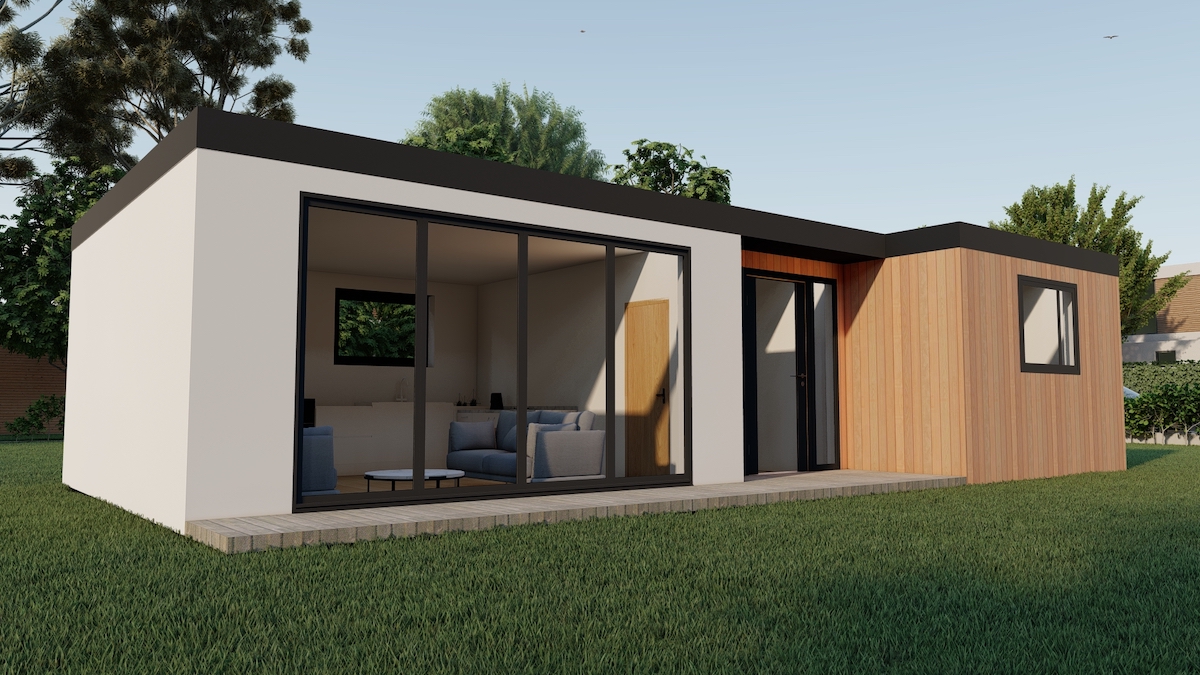Introduction:
In recent years, the concept of multigenerational living has gained popularity as families seek innovative solutions to accommodate their changing needs. One such solution that has garnered attention is the granny annexe—a separate, self-contained living space typically located on the same property as the main family home. Let’s explore the growing trend of granny annexes and why they are becoming an appealing option for families around the world.
The Evolution of Living Arrangements:

Traditionally, families often lived together under one roof, with grandparents, parents, and children sharing a common space. However, societal changes, increased life expectancy, and evolving family dynamics have led to a shift in living arrangements. Many families are now opting for more flexible and customizable solutions to meet their specific needs.
What is a Granny Annexe?
A granny annexe, also known as a granny flat or accessory dwelling unit (ADU), is a self-contained living space designed for elderly family members. These annexes are typically located on the same property as the main residence, providing proximity while maintaining a degree of independence for both generations. Granny annexes come in various forms, including converted garages, purpose-built structures, or additions to existing homes.
Benefits of Granny Annexes:
- Family Proximity: One of the primary advantages of Granny annexe is the close proximity they offer. Families can stay connected, providing emotional support and companionship for elderly relatives while respecting their need for privacy.
- Independent Living: Granny annexes allow older family members to maintain a sense of independence. With their own kitchen, living space, and bathroom facilities, seniors can enjoy a self-sufficient lifestyle while having the security of nearby family support.
- Financial Considerations: Building a granny annexe can be a cost-effective solution compared to alternative options such as assisted living facilities. It allows families to share resources and expenses while ensuring a higher quality of life for all generations involved.
- Increased Property Value: In addition to meeting immediate family needs, a well-designed granny annexe can potentially increase the overall value of the property. This added living space can be an attractive feature for future buyers.
Design and Customization:
Granny annexes can be customized to suit the specific needs and preferences of the family. Architects and builders work closely with families to create functional and aesthetically pleasing spaces that cater to the unique requirements of the elderly occupants. Features such as wheelchair accessibility, safety modifications, and comfortable living spaces are often incorporated into the design.
Challenges and Considerations:
While granny annexes offer numerous benefits, it’s essential to consider potential challenges. Local zoning regulations, building permits, and financial considerations are factors that must be navigated. Additionally, clear communication and boundaries are crucial to maintaining a harmonious living arrangement.
Conclusion:
Granny annexes represent a modern solution to the evolving dynamics of multigenerational living. By combining the advantages of proximity, independence, and financial efficiency, families can create a supportive environment that adapts to their changing needs. As the trend continues to grow, granny annexes are likely to play an increasingly important role in shaping the future of family living.
